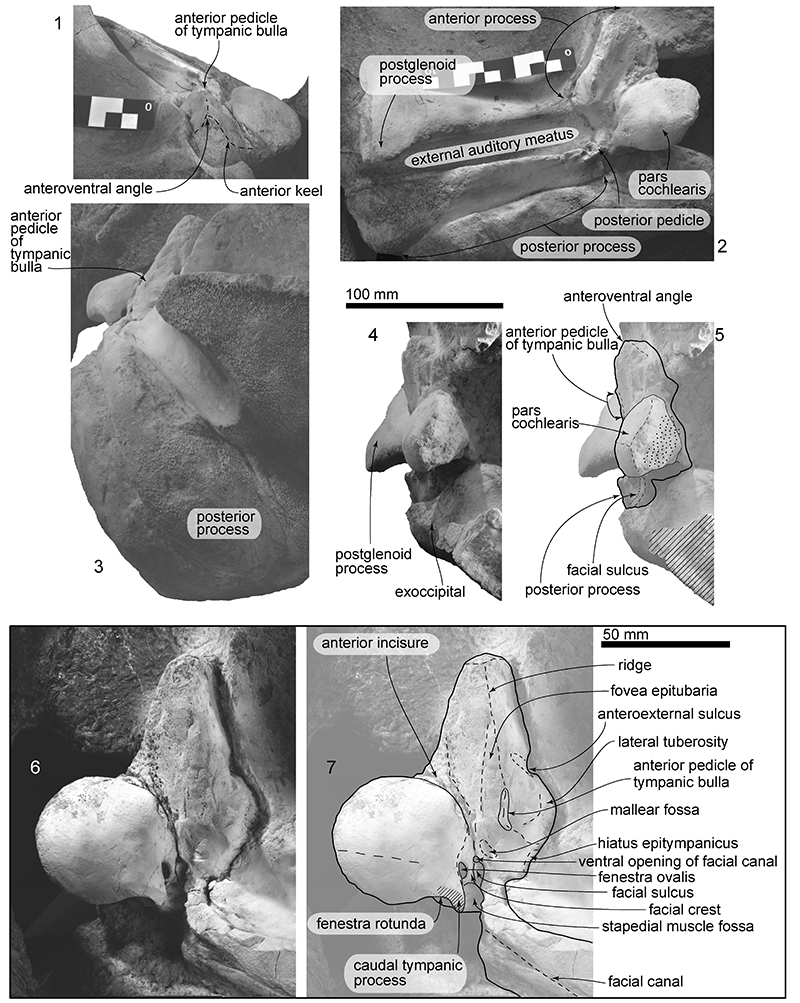FIGURE 1. Maps showing the locality of cf. Miobalaenoptera numataensis (YPM 11851). The base map of the right one is from the online topographic maps published by the Geospatial Information Authority of Japan. The distribution of formations follows Tamiya and Applied Geological Society of Yamagata (2016).

FIGURE 2. 1-4, Skull of cf. Miobalaenoptera numataensis (YPM 11851) in anterior view (1, 2), posterior view (3, 4), photos (1, 3), line drawings (2, 4).

FIGURE 3. 1-2, Skull of cf. Miobalaenoptera numataensis (YPM 11851) in ventral view., photo (1), line drawing (2).

FIGURE 4. 1-6, Skull of cf. Miobalaenoptera numataensis (YPM 11851) in right lateral view (1 and 4), dorsal view (2, 5), left lateral view (3, 6), photos (1-3), line drawings (4-6).

FIGURE 5. 1-7, Periotics of cf. Miobalaenoptera numataensis (YPM 11851) in right side (1, 2, 4, 5), left side (3, 6, 7), anterior view (1), ventral view (2, 6, 7), lateral view (3), medial view (4, 5), photos (1-4, 6), line drawing (5, 7).

FIGURE 6. 50% majority rule consensus tree of 1994 most parsimonious trees to show the phylogenetic position of YPM 11851.The clades Odontoceti, Aetiocetidae, Eomysticetidae, Balaenidae, Cetotheriidae and a clade comprising Isanacetus, Parietobalaena and related taxa are collapsed (see Appendix 5 for cladogram with all taxa shown). The numbers on the each branch are branch lengths. The numbers next to the branch lengths show the percentages of the shortest trees supporting each node. 100% supported nodes are omitted the percentages.

FIGURE 7. Comparison between the holotype and referred specimens of cf. Miobalaenoptera numataensis periotics in ventral view. YPM 11851 (1), holotype NFL 18 (2). Illustration of M. numataensis is modified from Tanaka and Watanabe (2019a).


